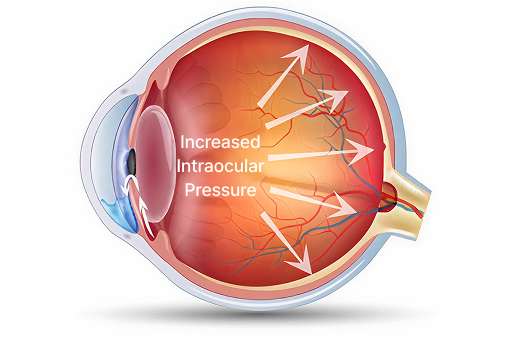

-
Sign Up
- |
-
Find ID, Find Password
-
-
Easy Login
-

Your ID is ****

Password change complete
Password change has been completed.
Please log in with your new password.







